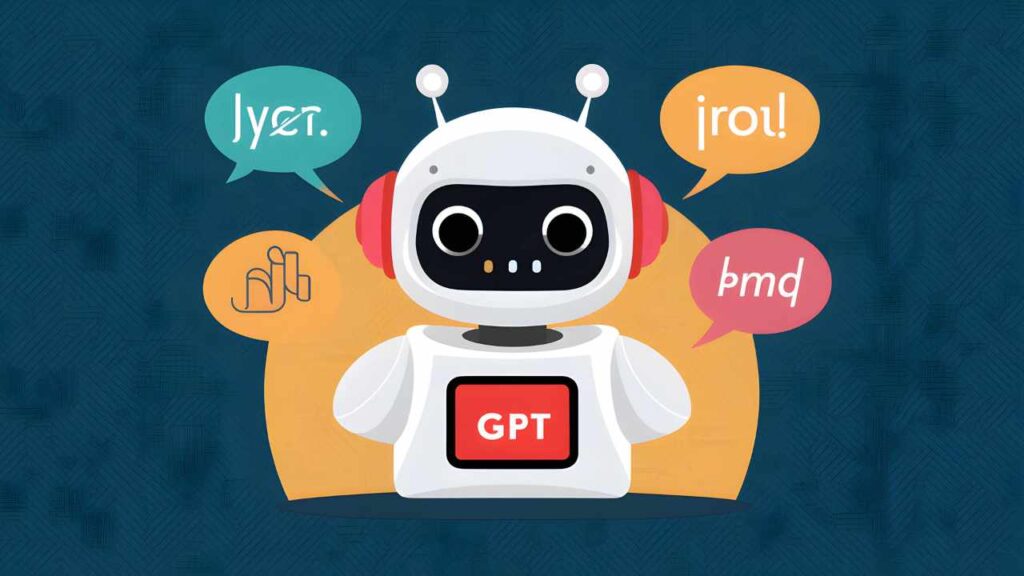In today’s digital landscape, chatbots have become indispensable tools for businesses, enabling efficient communication and customer support. Powered by advanced AI models like GPT (Generative Pre-trained Transformer), chatbots have the potential to streamline interactions and enhance user experiences. However, ensuring effective moderation of chatbot responses is paramount to maintaining trust and upholding the brand reputation.
Understanding Chatbot Errors
Despite their sophistication, chatbots are prone to errors, especially in moderation tasks. These errors can range from misinterpretation of user queries to inappropriate responses, impacting user satisfaction and the overall effectiveness of the chatbot. Recognizing the types and causes of these errors is crucial for implementing effective mitigation strategies.
Identifying GPT Errors in Moderation
GPT models used in chatbots may encounter various errors during moderation tasks, including biased language, failure to detect harmful content, and inappropriate responses. These errors often stem from factors such as data biases, lack of contextual understanding, or limitations in model training. Identifying these errors early on is essential for maintaining chatbot performance and user trust.
Causes of GPT Errors in Moderation

Several factors contribute to GPT errors in moderation tasks, including:
Training Data Quality:
Inadequate or biased training data can lead to skewed model outputs and inappropriate responses.
Model Biases:
GPT models may exhibit biases present in the training data, resulting in unintended discriminatory language or viewpoints.
Context Misinterpretation:
GPT models may struggle to accurately interpret context or understand nuanced language, leading to errors in moderation.
Strategies for Resolving GPT Errors

Addressing GPT errors in moderation requires a multi-faceted approach, including:
Fine-Tuning Models:
Continuously fine-tuning GPT models based on feedback and real-world data helps improve accuracy and reduce errors.
Implementing Stricter Filters:
Implementing stricter content filters and moderation guidelines helps prevent inappropriate responses and detect harmful content.
Continuous Monitoring:
Regularly monitoring chatbot interactions allows for early detection of errors and prompt intervention to rectify them.
Best Practices for Improving Moderation Accuracy

To enhance moderation accuracy and minimize errors, consider the following best practices:
Diversifying Training Data:
Incorporating diverse and inclusive training data helps mitigate biases and improve model performance across various contexts.
Feedback Loops:
Establishing feedback loops enables users to provide input on chatbot responses, facilitating continuous improvement and error correction.
Human Oversight:
Integrating human oversight into the moderation process allows for manual review of responses and ensures compliance with ethical guidelines.
Case Studies and Examples
Real-world case studies showcase successful approaches to resolving GPT errors in chatbot moderation. Companies that have effectively addressed GPT errors have seen tangible improvements in chatbot performance and user satisfaction, highlighting the importance of proactive error resolution strategies.
Future Trends and Considerations
As AI technologies continue to advance, future trends in chatbot moderation may focus on:
Enhanced Model Interpretability:
Improving the interpretability of GPT models can help users better understand model outputs and increase transparency in moderation tasks.
Bias Mitigation Techniques:
Developing techniques to mitigate biases in GPT models will be crucial for ensuring fair and equitable moderation outcomes.
Ethical Considerations:
Integrating ethical considerations into model development and moderation practices will become increasingly important to uphold user trust and privacy.
Conclusion
In conclusion, mastering chatbot moderation requires a proactive and multifaceted approach to address GPT errors effectively. By understanding the causes of errors, implementing targeted mitigation strategies, and adhering to best practices for moderation accuracy, businesses can ensure that their chatbots deliver reliable and user-friendly experiences.
